Down syndrome: Physiotherapy Treatment
Table of Contents
What is down syndrome?
Down syndrome (sometimes called Down’s syndrome) is a condition in which a child is born with an extra copy of their 21st chromosome — hence its other name, trisomy 21. This causes physical and mental developmental delays and disabilities.
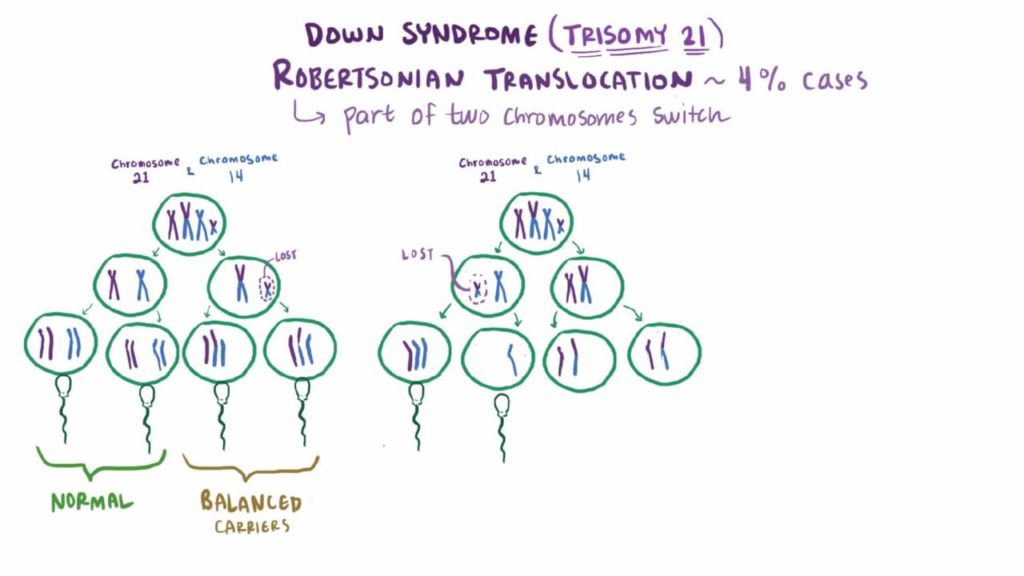
Many disabilities are lifelong, and they can also shorten life expectancy. However, people with Down syndrome can live healthy and fulfilling lives. Recent medical advances, as well as cultural and institutional support for people with Down syndrome and their families, provide many opportunities to help overcome the challenges of this condition.
There are three types of Down syndrome
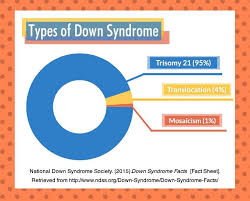
There are three types of Down syndrome:
Trisomy 21 :
Trisomy 21 means there’s an extra copy of chromosome 21 in every cell. This is the most common form of Down syndrome.
Translocation of Down syndrome :
In this type, each cell has part of an extra chromosome 21, or an entirely extra one. But it’s attached to another chromosome instead of being on its own.
Mosaicism :
In this type of Down syndrome, children have only an extra part of chromosome 21. There are 46 total chromosomes. However, one of them has an extra piece of chromosome 21 attached.
What are the symptoms of Down syndrome?
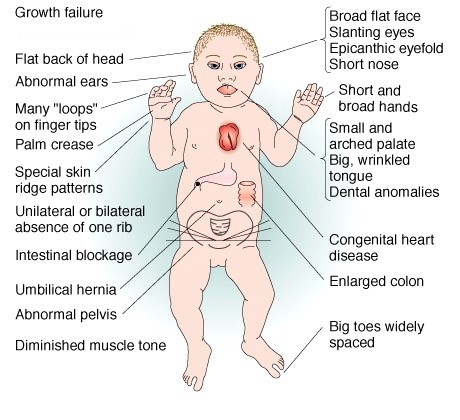
The likelihood of carrying a baby with Down syndrome can be estimated by screening during pregnancy, you won’t experience any symptoms of carrying a child with Down syndrome.
At birth, babies with Down syndrome usually have certain characteristic signs, including:
flat facial features, a small head, and ears, a short neck, a bulging tongue, eyes that slant upward, atypically shaped ears, and poor muscle tone.
An infant with Down syndrome can be born an average size but will develop more slowly than a child without the condition.
People with Down syndrome usually have some degree of developmental disability, but it’s often mild to moderate. Mental and social development delays may mean that the child could have:
impulsive behavior, poor judgment, short attention span, and slow learning capabilities.
Medical complications often accompany Down syndrome. These may include:
congenital heart defects, hearing loss, poor vision, and cataracts (clouded eyes).
Hip problems, such as dislocations, leukemia, chronic constipation, sleep apnea (interrupted breathing during sleep), dementia (thought and memory problems), hypothyroidism (low thyroid function), and obesity. late tooth growth, causing problems with chewing, and Alzheimer’s disease later in life.
People with Down syndrome are also more prone to infection. They may struggle with respiratory infections, urinary tract infections, and skin infections.
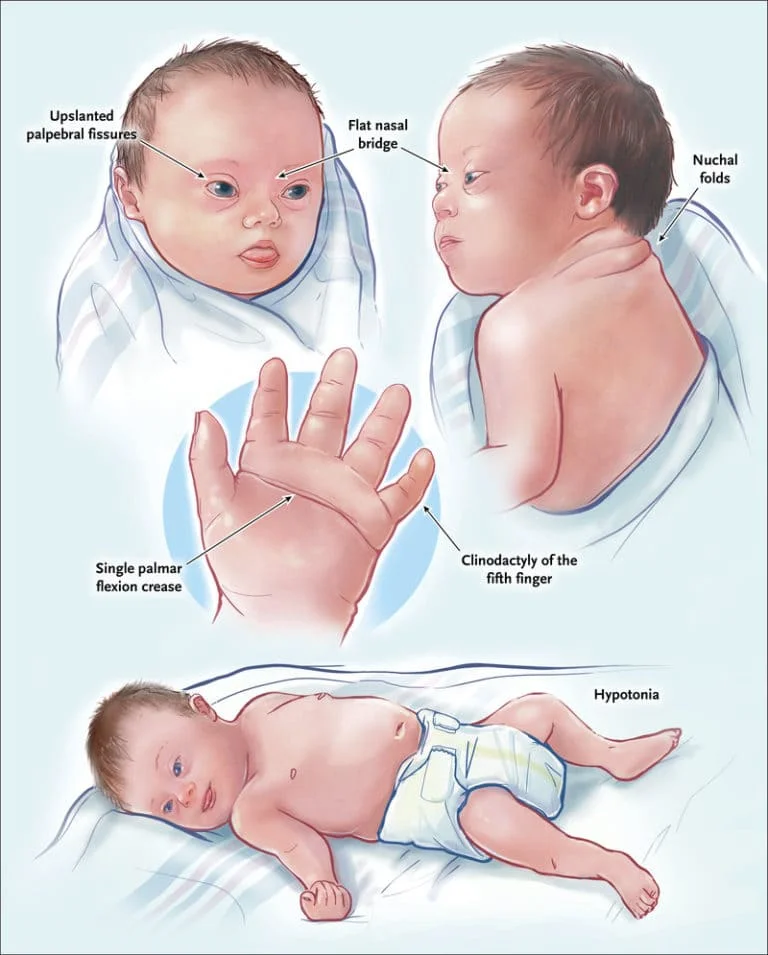
Causes and Risk Factors :
The extra chromosome 21 leads to the physical features and developmental challenges that can occur among people with Down syndrome.
Researchers know that Down syndrome is caused by an extra chromosome, but no one knows for sure why Down syndrome occurs or how many different factors play a role.
One factor that increases the risk of having a baby with Down syndrome is the mother’s age. Women who are 35 years or older when they become pregnant are more likely to have a pregnancy affected by Down syndrome than women who become pregnant at a younger age.3-5However, the majority of babies with Down syndrome are born to mothers less than 35 years old, because there are many more births among younger women
Diagnostic tests during pregnancy
If your screening test results are positive or worrisome, or you’re at high risk of having a baby with Down syndrome, you might consider more testing to confirm the diagnosis. Your healthcare provider can help you weigh the pros and cons of these tests.
Diagnostic tests that can identify Down syndrome include:
Chorionic villus sampling (CVS). In CVS, cells are taken from the placenta and used to analyze fetal chromosomes.
This test is typically performed in the first trimester, between 10 and 13 weeks of pregnancy. The risk of pregnancy loss (miscarriage) from a CVS is very low.
Amniocentesis :
A sample of the amniotic fluid surrounding the fetus is withdrawn through a needle inserted into the mother’s uterus. This sample is then used to analyze the chromosomes pregnancy. This test also carries a very low risk of miscarriage.
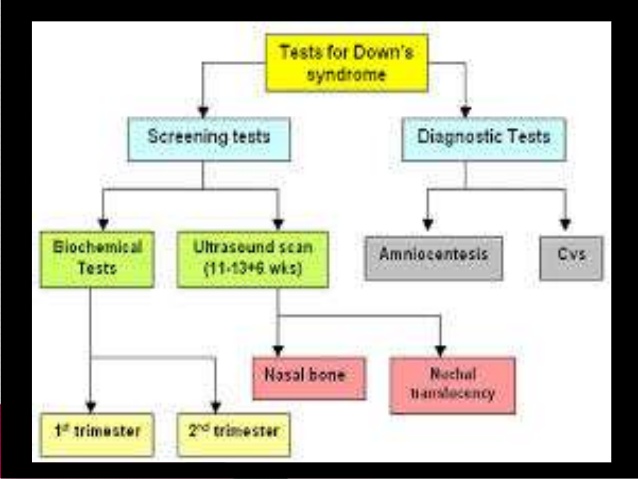
Physiotherapy treatment:
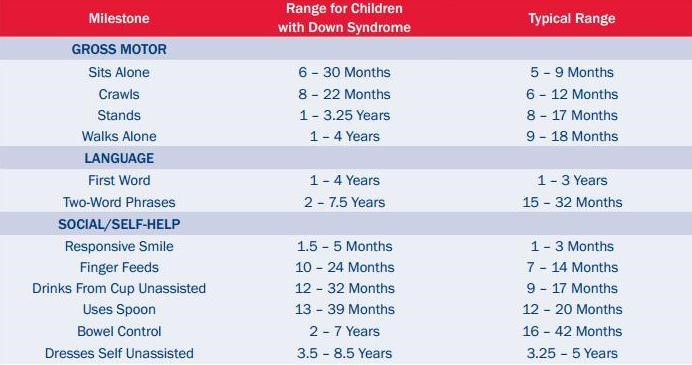
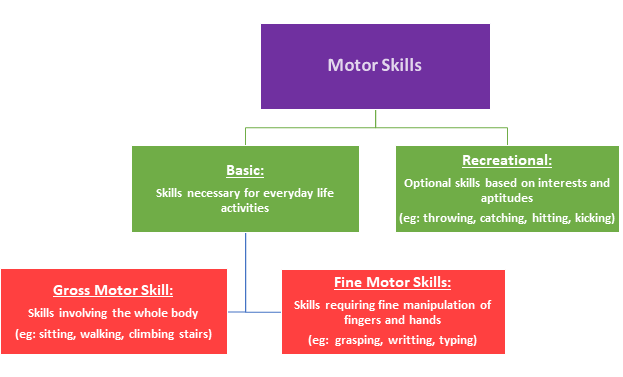
Physiotherapy treatment can play a major role in the management of children with DS; through movement and exercise, manual therapy, and education physiotherapists can empower people to take charge of their own health and participate in their treatment. The aim of treatment is to assist people to live as independently as possible,

Traditional therapies for conditions involving difficulties with movements can be repetitive and lack variety. People with Down syndrome often have a reduced attention span, which makes engaging in any therapy challenging, especially when dealing with children. By consistently exposing children to different textures, sounds, environments, and movements, physiotherapists can make treatment more interesting and inclusive.
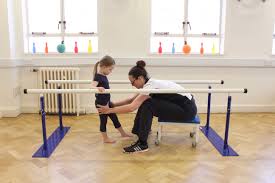

Infancy is the ideal time to start encouraging movement and motor skills. These skills promote interaction between the child and the environment which will improve cognition, language, social skills, and independence. Due to the already high risk of developmental delays in infants with DS, this is an especially important area of focus Tub
Tummy time:
Tummy Time is a simple physiotherapeutic intervention used for infants with DS. Parents are encouraged to position the child on his tummy in various positions for extended periods of time.
Lying in this position has been found to be extremely beneficial, as it affords infants the chance to develop strength, balance, and motor skills against gravity.
When this technique is practiced, the infant often achieves motor milestones, such as rolling, sitting, and crawling, and improved balance earlier in life.
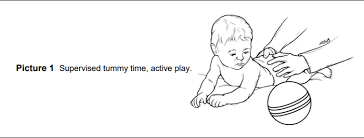
Infants who do not experience enough time on their belly have decreased ability to support their own head at 2 months of age and have further delayed developmental milestones
NDT is an approach that focuses on the quality of movement and coordination rather than individual muscle group function
Therefore, NDT is most effective as early intervention, before poor compensatory patterns of movement become habitual.
As physiotherapists, we can use our hands both to prevent abnormal movement patterns and to facilitate more natural ones.

This hands-on approach is achieved by the physiotherapist having several ‘key points of control’, including the head, shoulders, trunk, and/or pelvis to guide and alter movement NDT is usually appropriate for people with DS as they often present with limbs and muscles that may not be as well-controlled and may be floppier than desired.
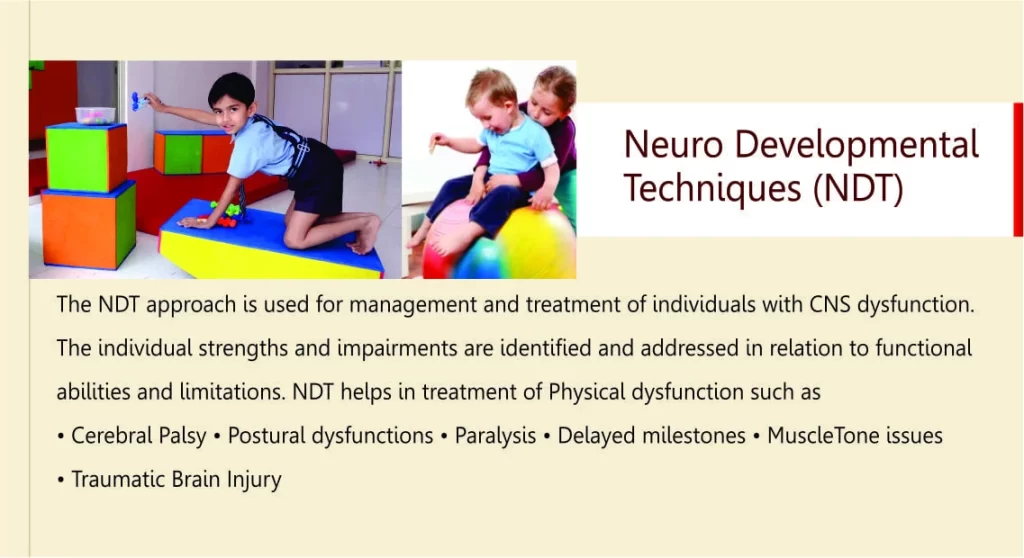

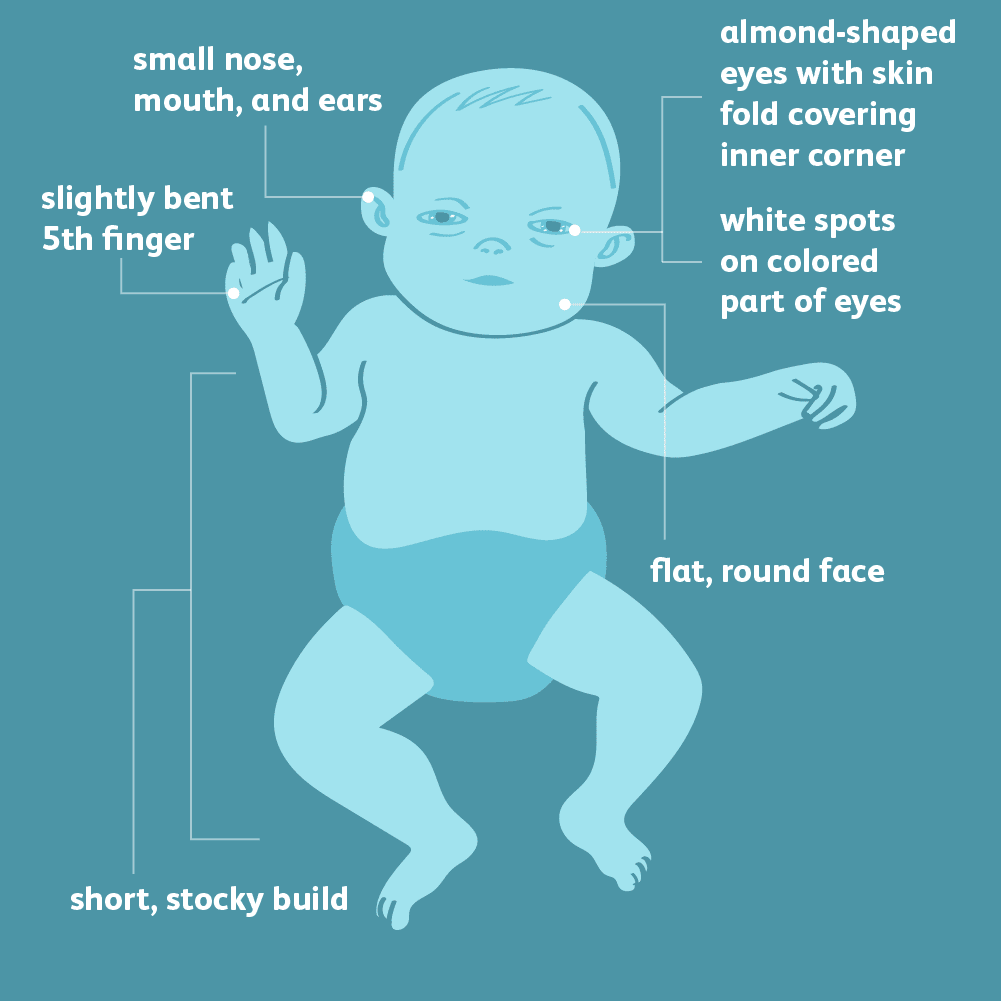
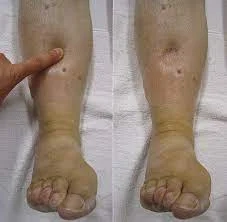
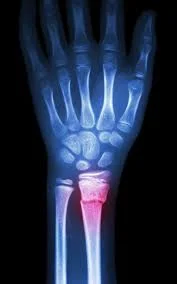
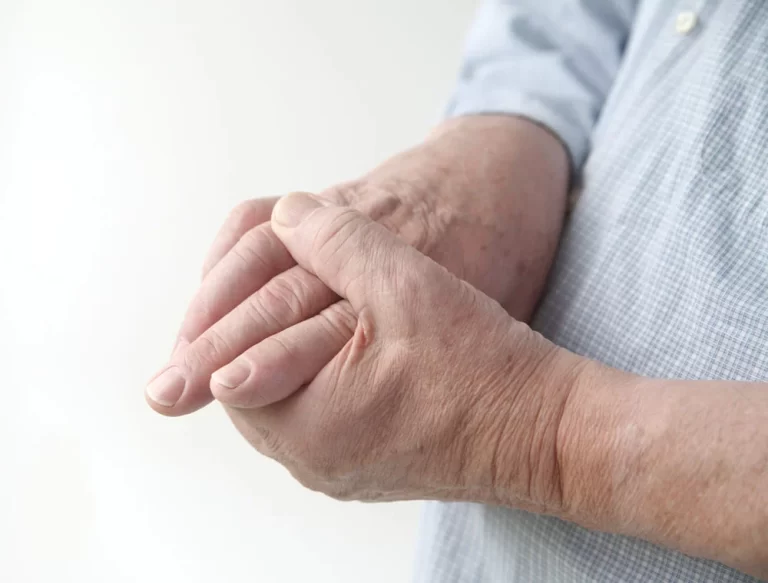

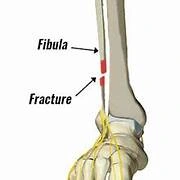
6 Comments